Rillettes are a great, easy charcuterie to make at home, especially if you make your own confit. My rillettes recipe is a modern version using sous vide confit to save space, time and money without sacrificing flavor.
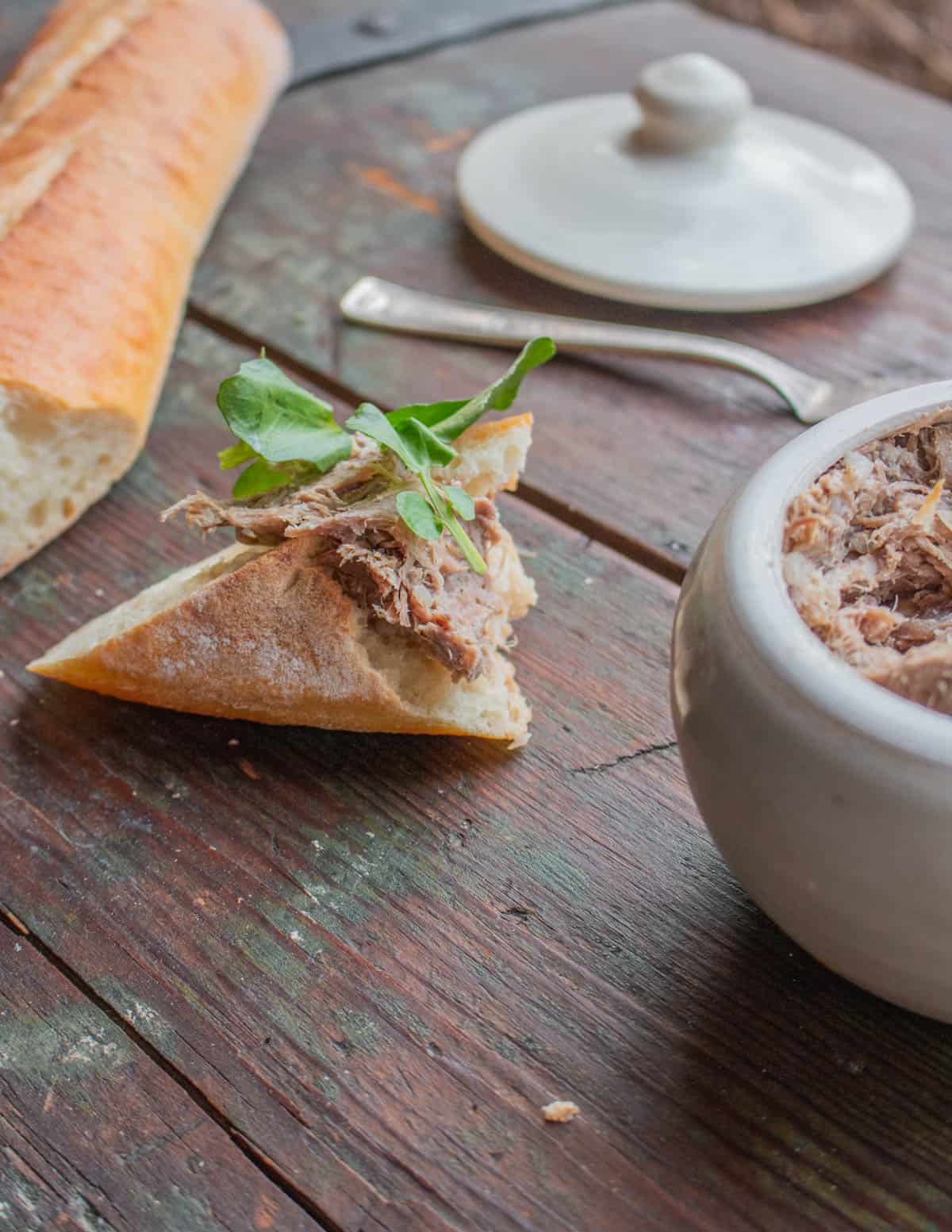
What is a Rillette?
A classic French charcuterie and close cousin of confit, rillettes are a coarse, barely spreadable pate made from meat that's been heavily seasoned and cooked slowly in fat.
Rillettes (pronounced "ree-yet" in English) can be made from just about any meat. Pork rillettes are common, as are goose and duck rillettes. Salmon rillettes are a thing too.
Traditionally the meat was cooked in it's own fat, then shredded and packed into crocks or glass jars and covered with fat to preserve it before refrigerators were available.
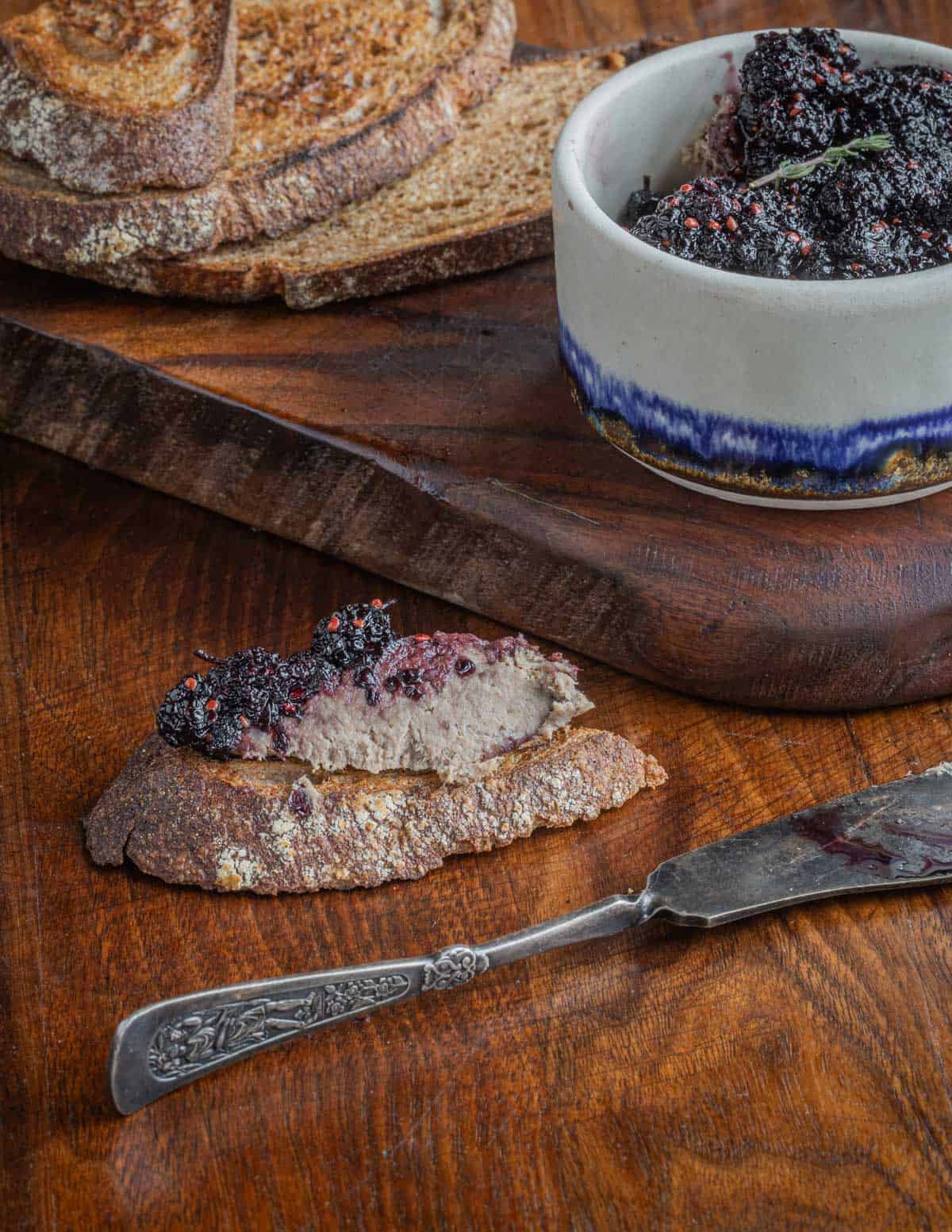
Sous Vide Confit
Traditionally the meat is covered with fat or lard and cooked for hours. I like to use a sous vide machine to reduce the amount of fat needed to cook the meat, but you can also simmer the meat in stock until tender.
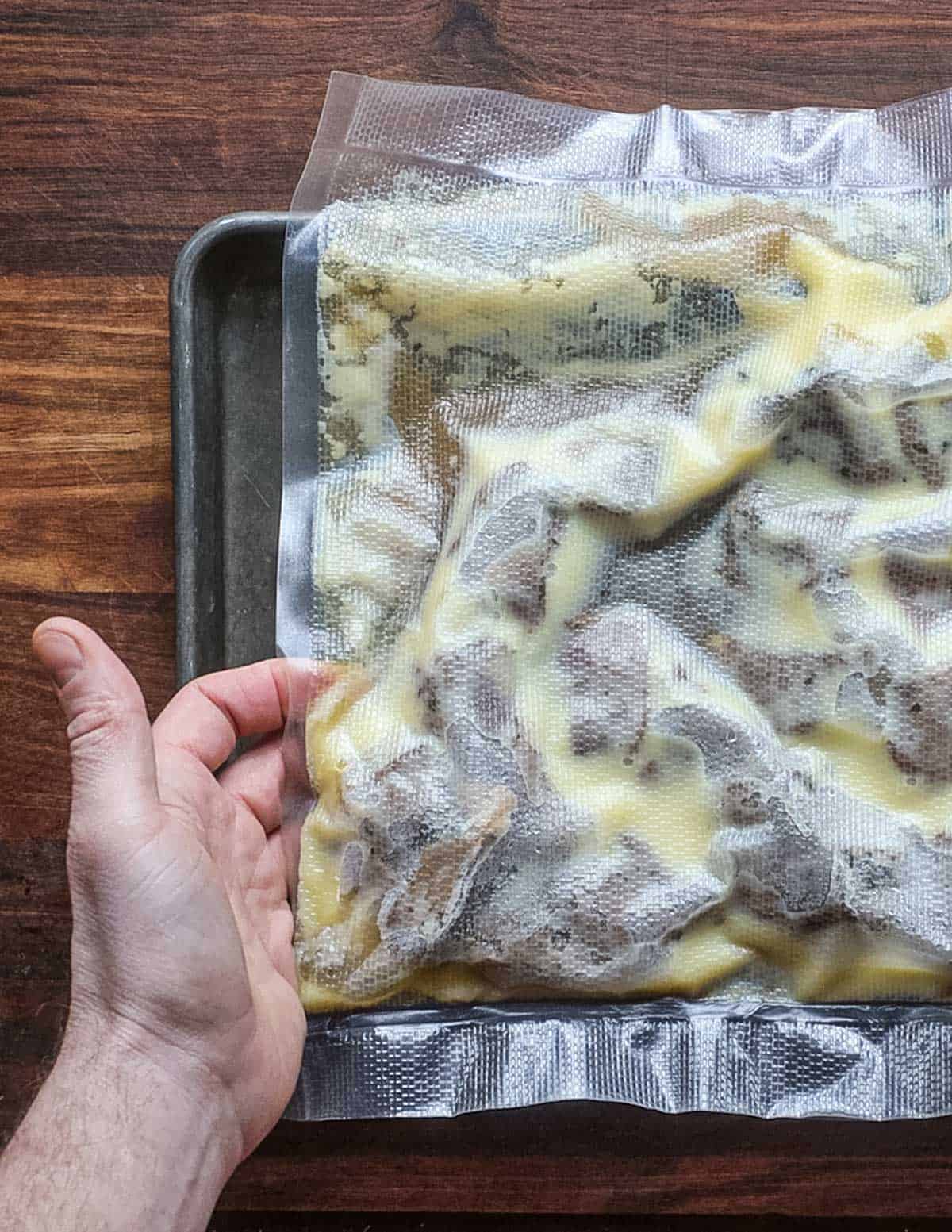
How to Make Rillettes
Once the confit is made, turning into rillettes is easy. The images below describe the process.
First season the meat with salt and chopped thyme, add some duck fat, lard or butter, vacuum seal and allow to rest overnight.
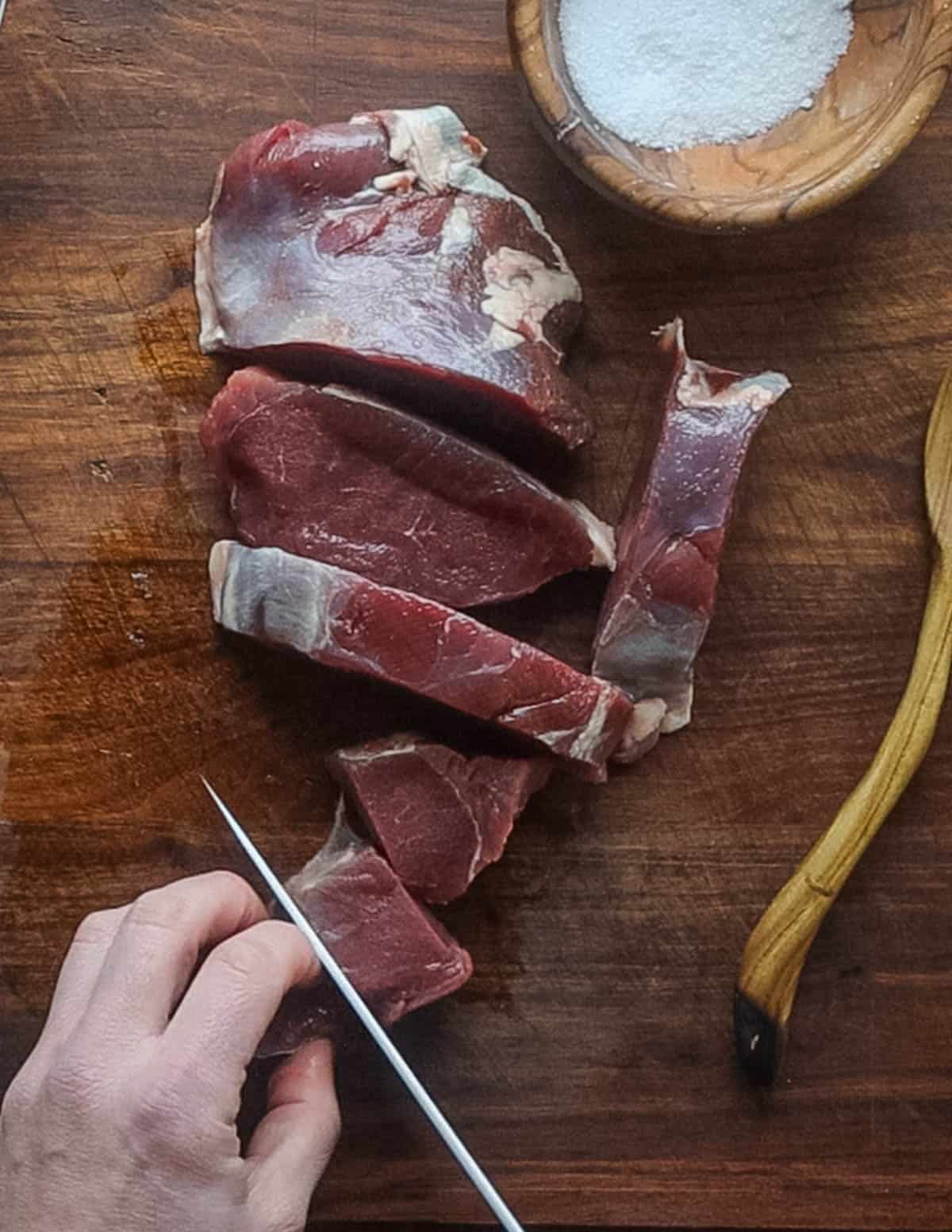
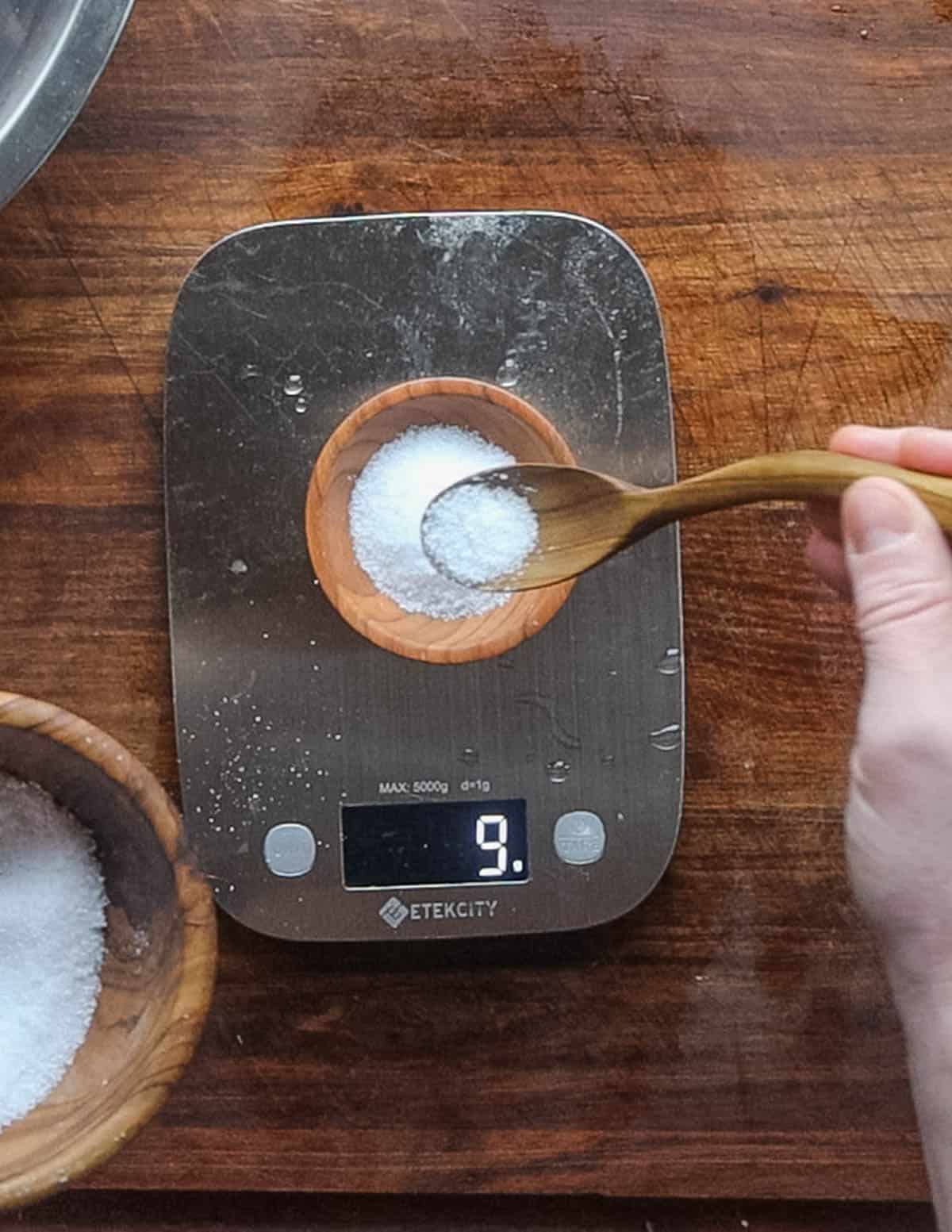
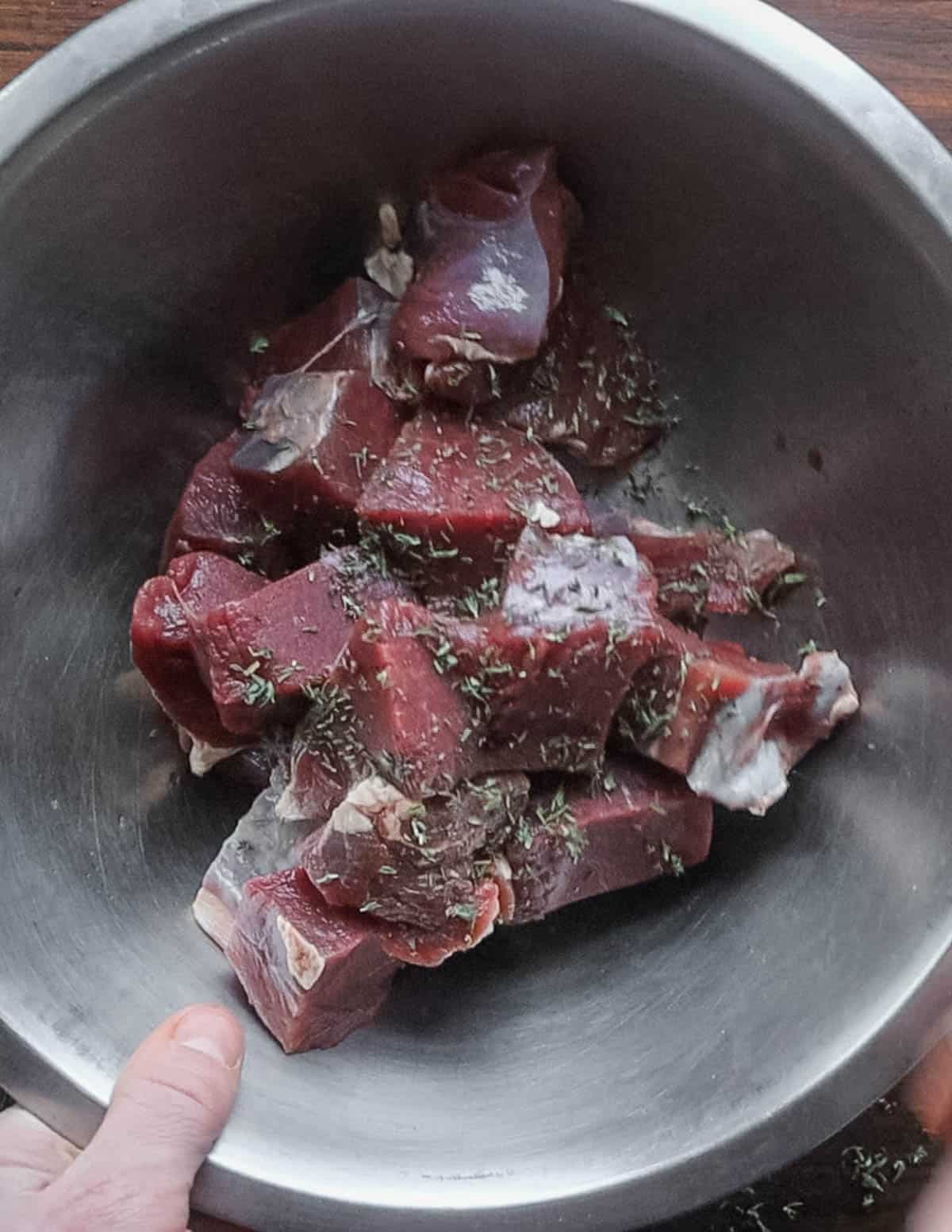
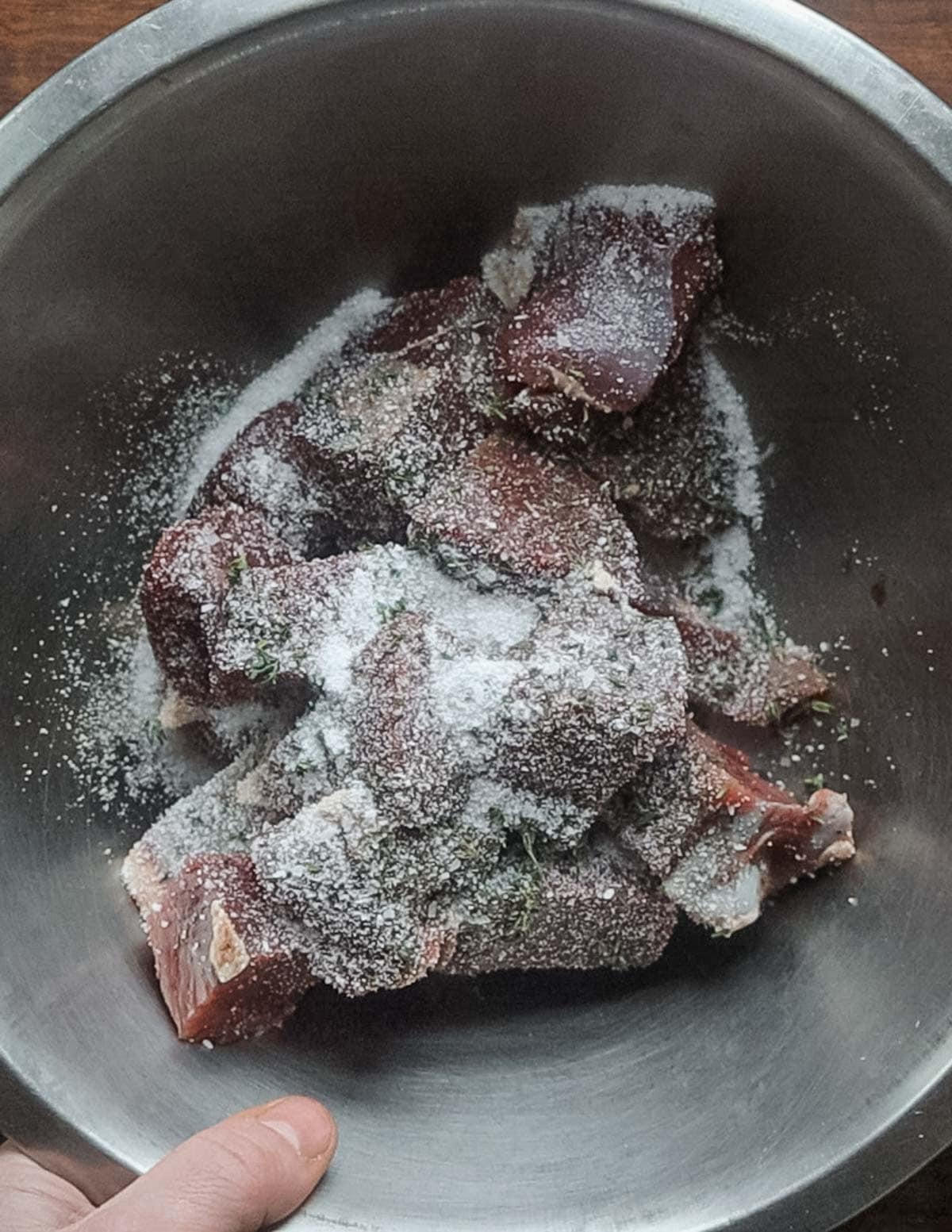


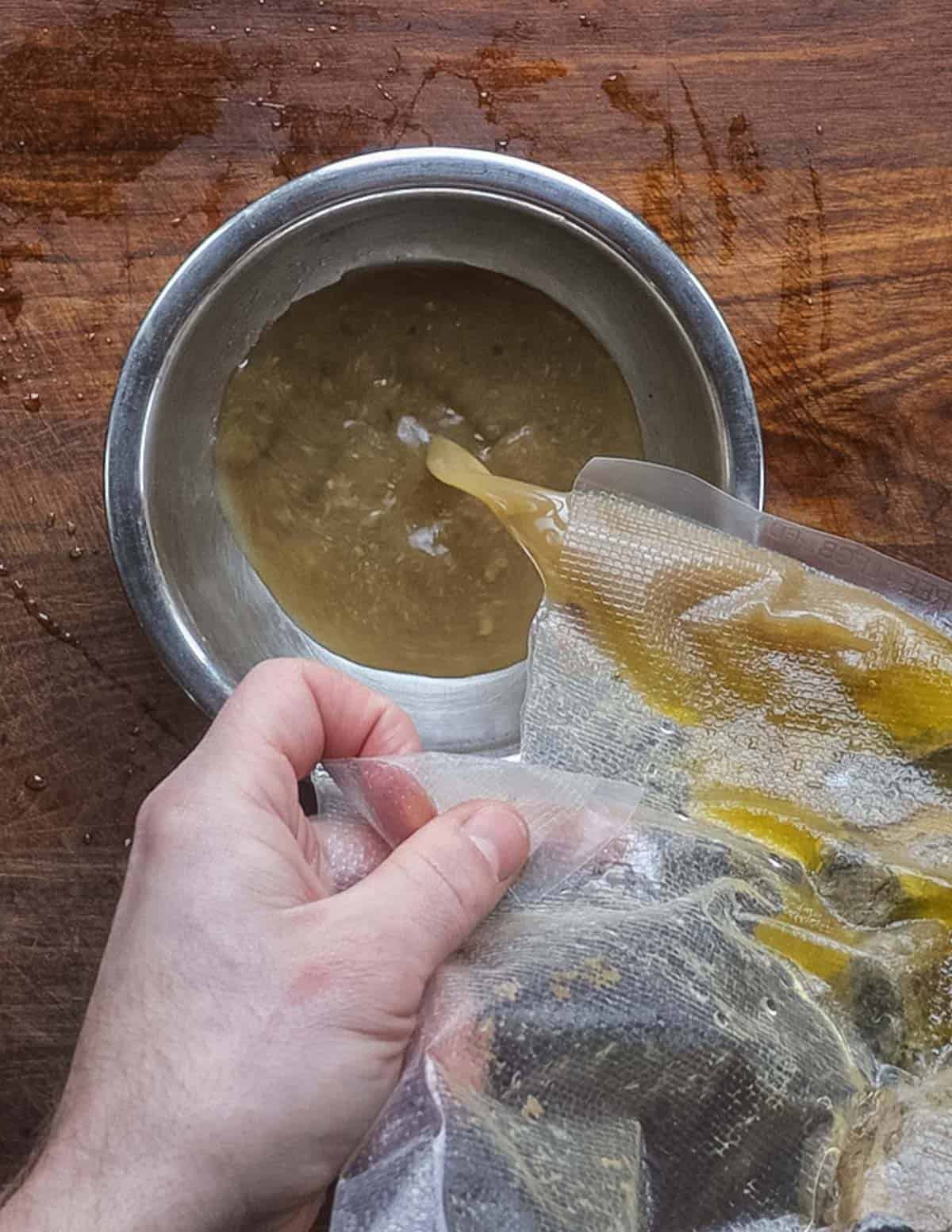
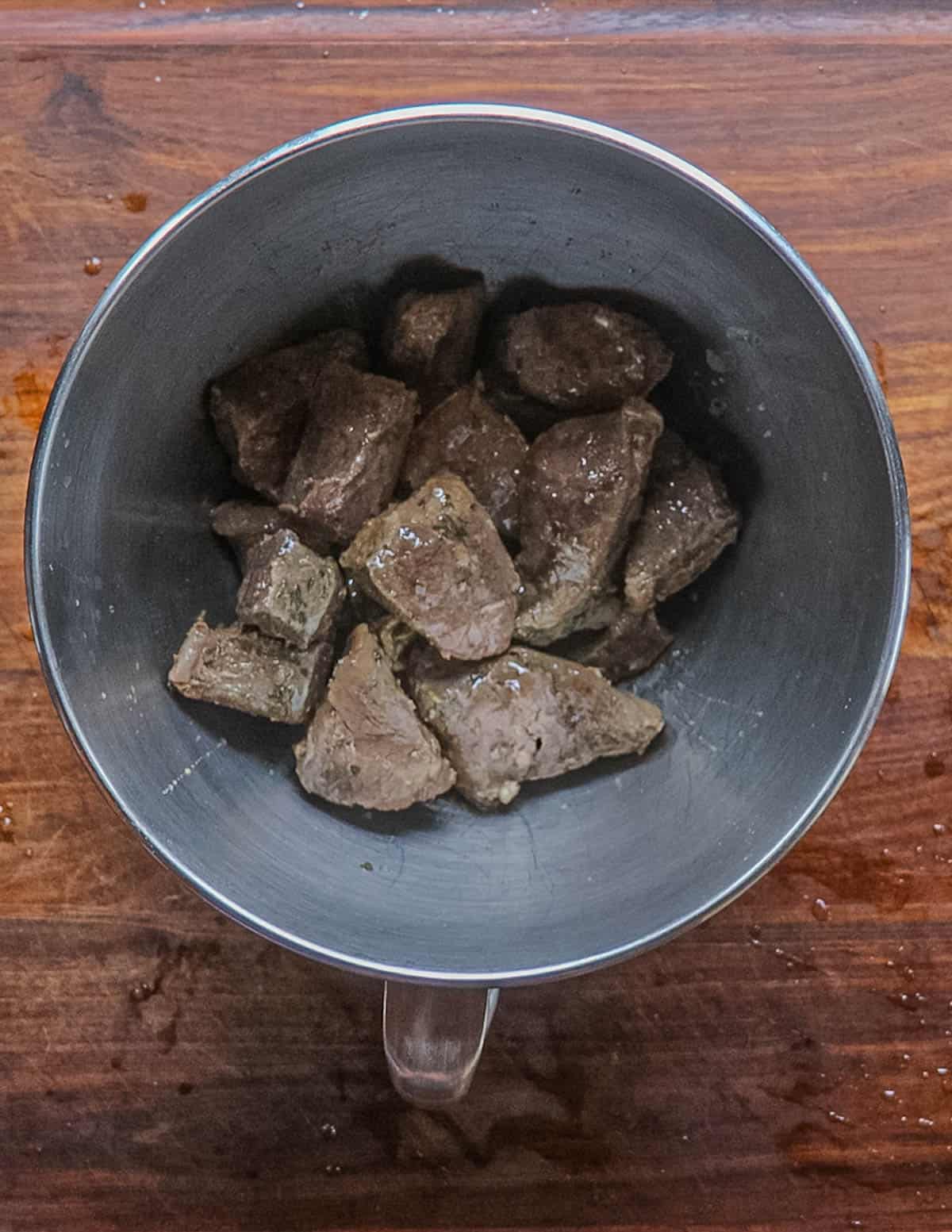
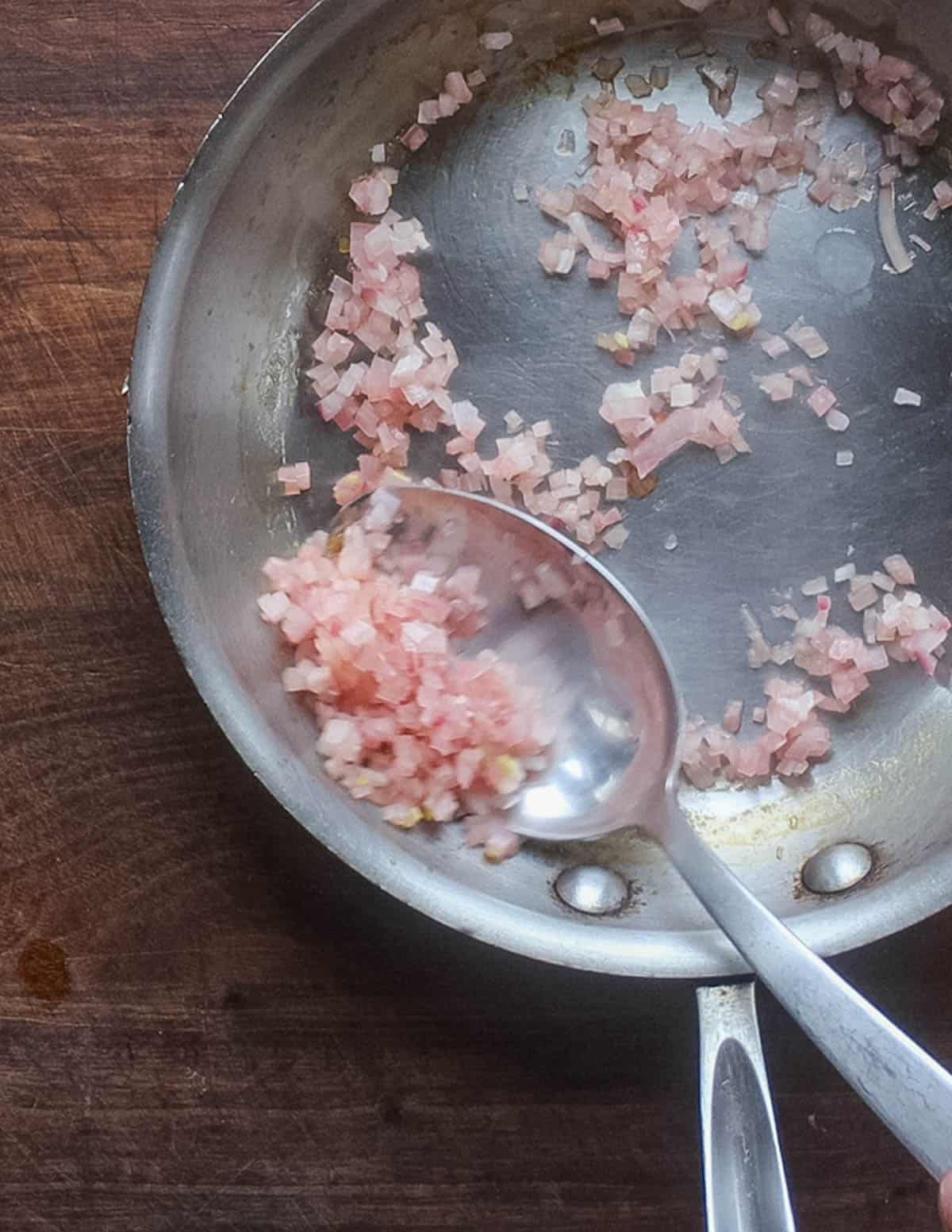


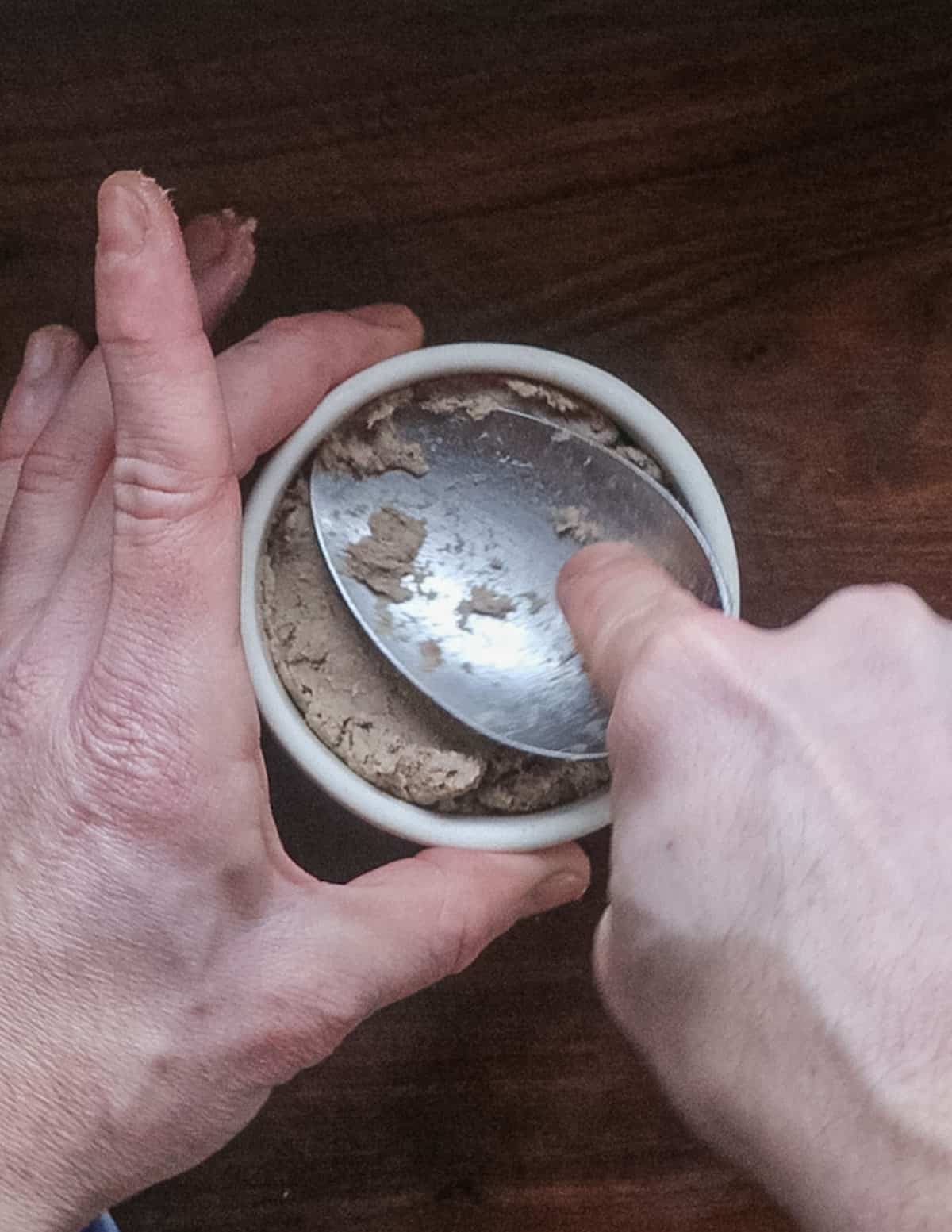
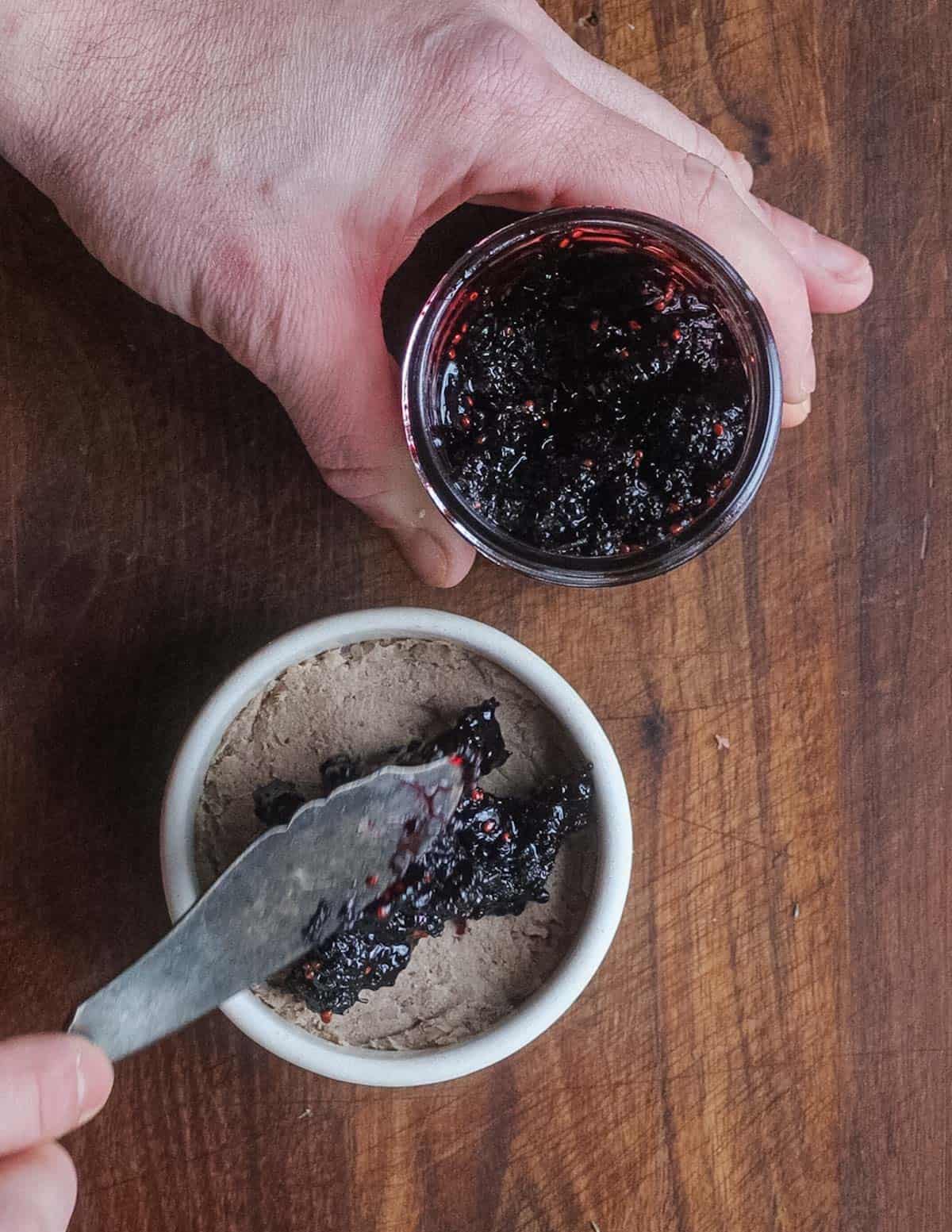
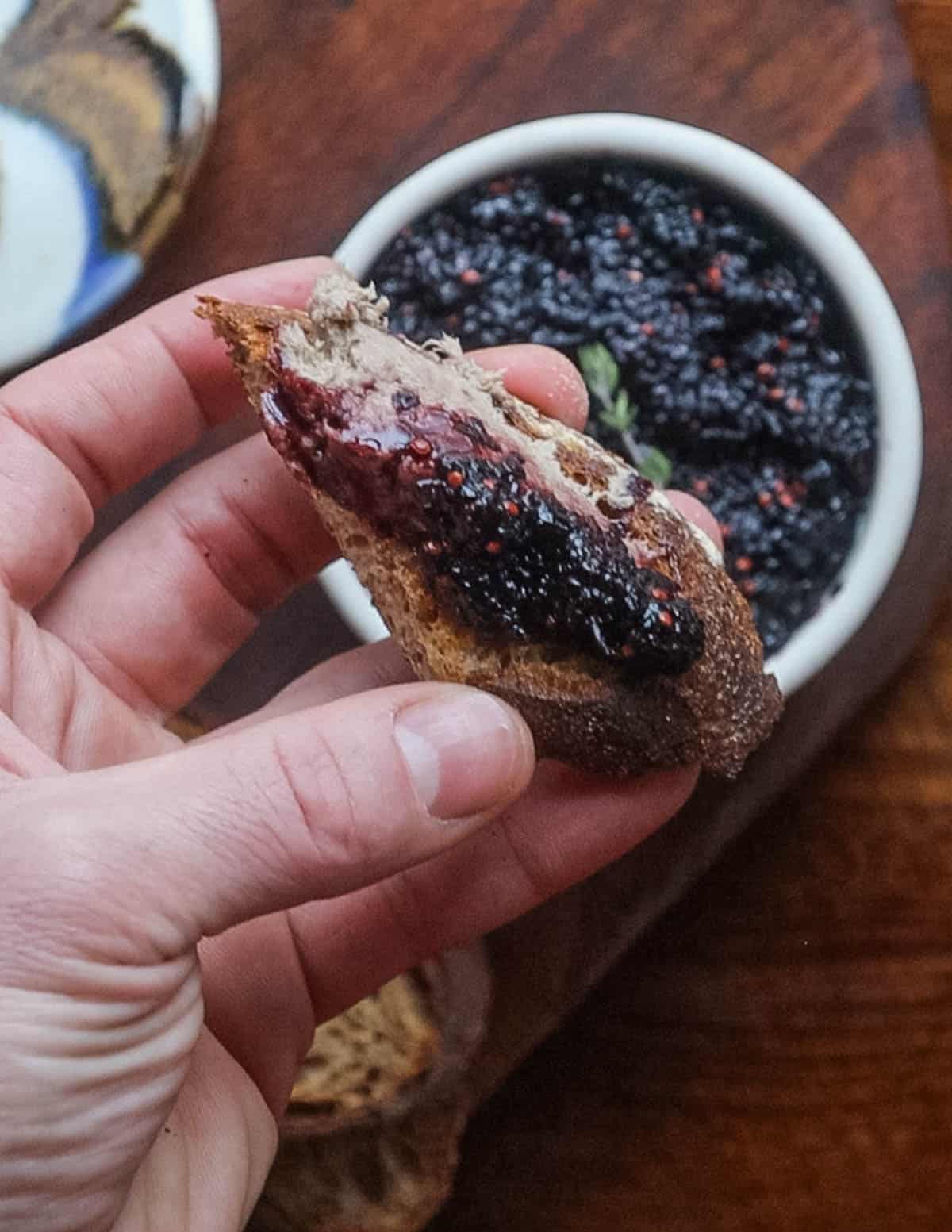
How to Serve Rillettes
Rillettes were a standby on my charcuterie boards in restaurants where I was the chef.
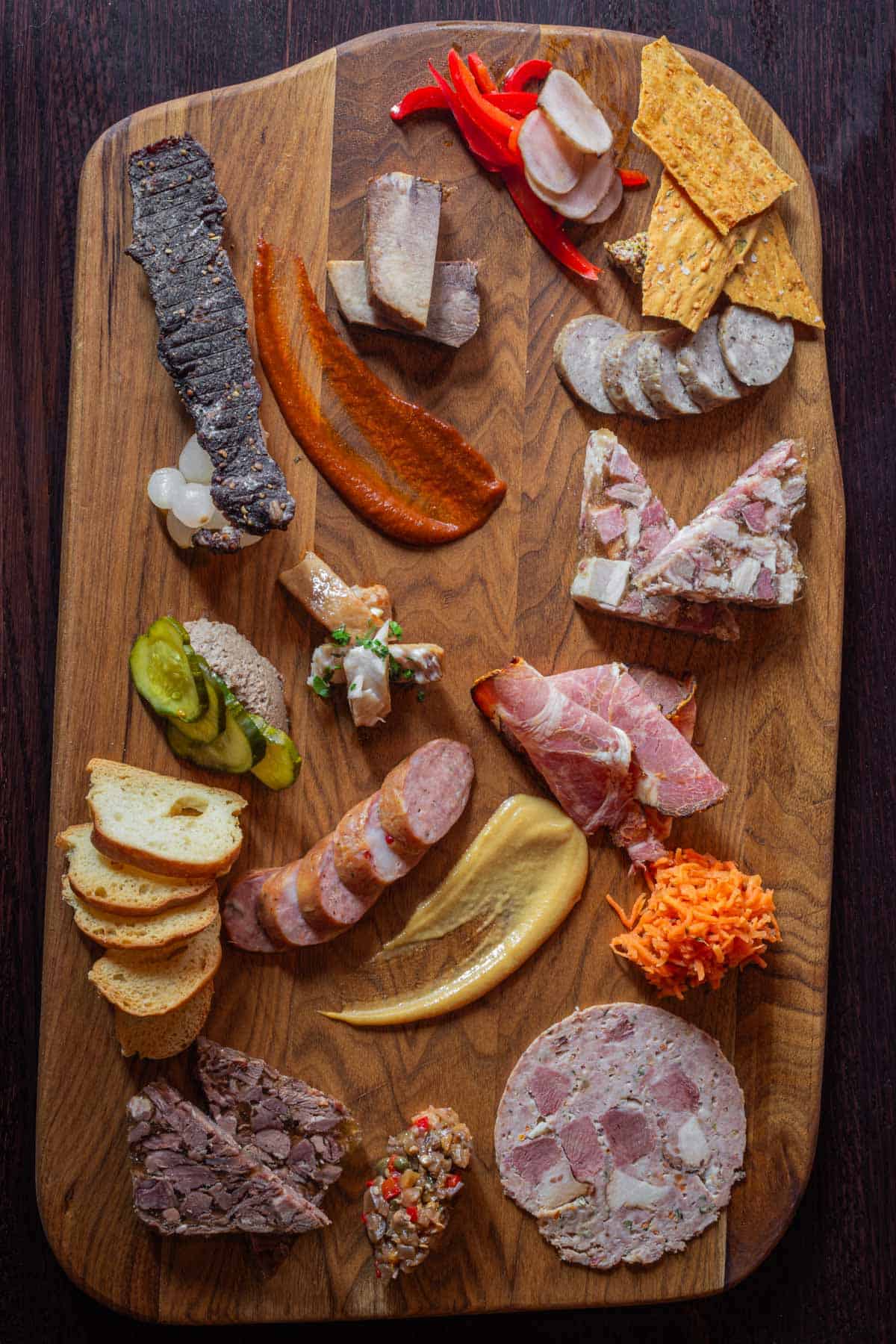
Like other cured meats and pates pickles, mustard, and crusty slices of baguette or toasted sourdough are common accompaniments. They also go well on a cheese plate.
If the rillettes are worked a little too much, I was taught to roll them in herbs and slice them into coins for serving.
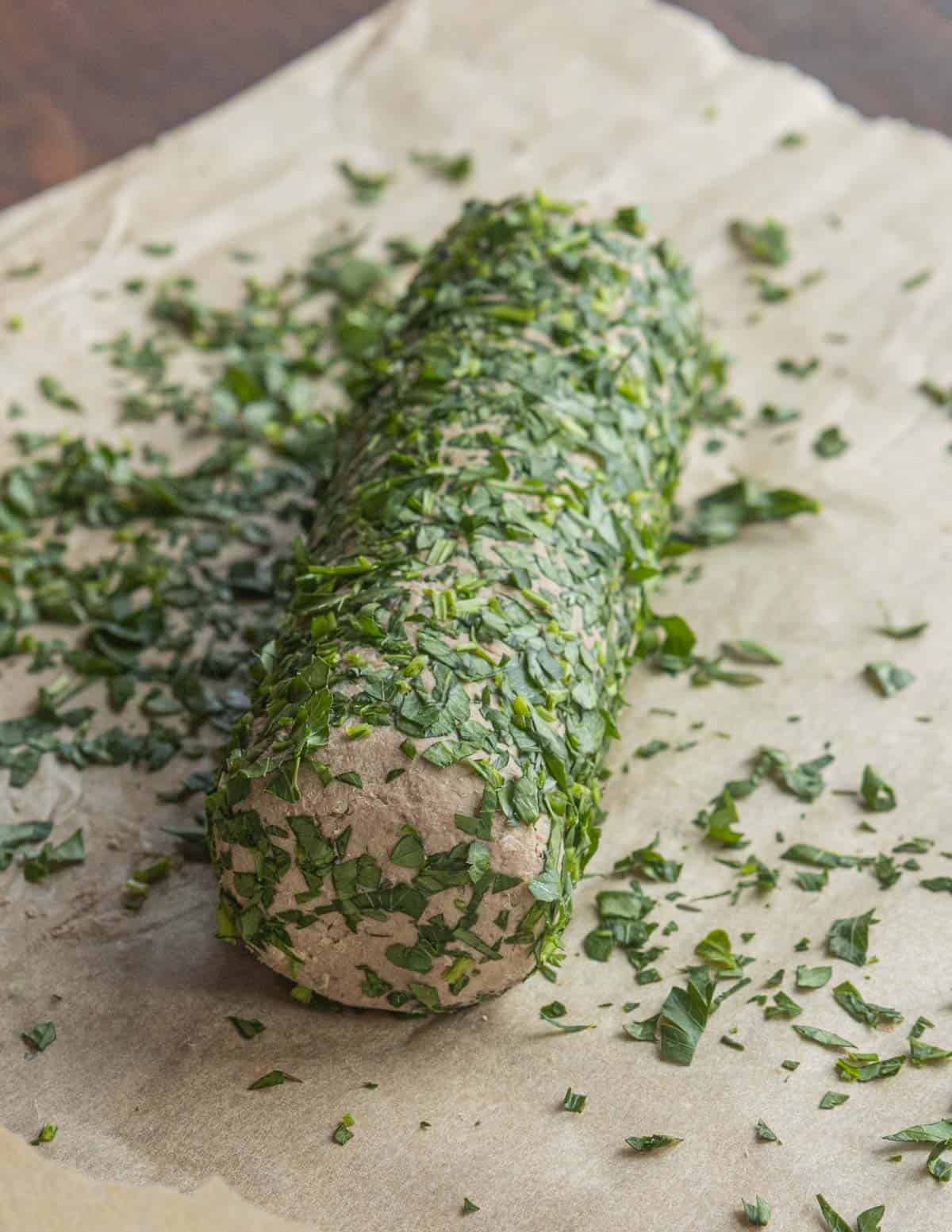
Tips
- Rillettes are always served at room temperature so the fat is spreadable.
- If your rillettes are stiff, warm the jar gently in the microwave or in a waterbath.
- Serve as you would cured meats: with cornichon pickles or other pickles, good crusty bread, or just crackers and cheese if nothing else is available.
- If you made a bunch, use them as a sandwich spread, preferably with something like homemade horseradish.

Traditionally crocks or glass jars of rillettes are topped with clarified butter or duck fat before serving but many diners find the taste greasy when served like that.
Instead of fat, I prefer to top rillettes with preserves or jam instead, a technique I learned from French Chef Russell Klein of Meritage Restaurant in St. Paul.
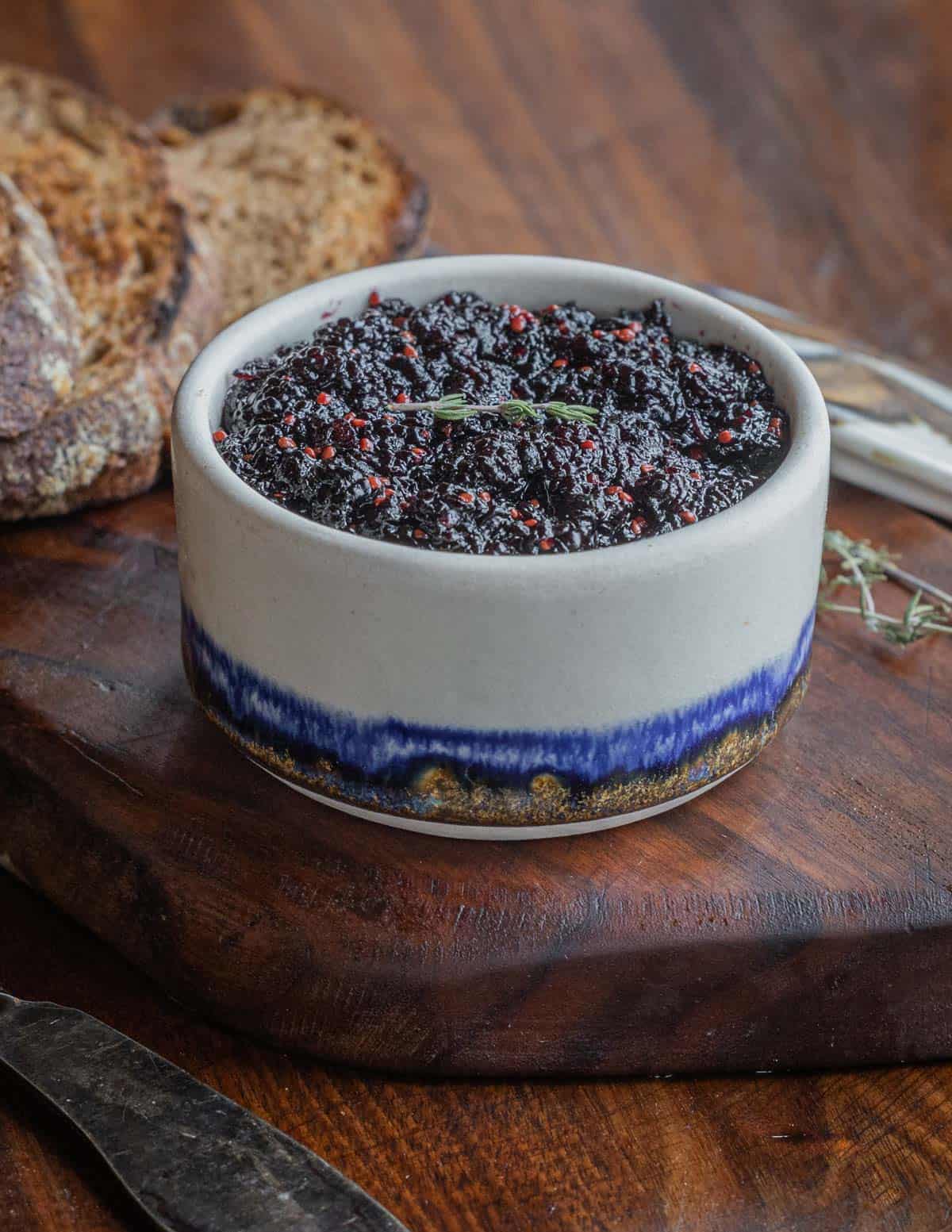
More Homemade Charcuterie
Homemade Rillettes
Equipment
- 1 sous vide machine optional
- 1 Vacuum bags optional
- Crocks, ramekins or jars for packing the rillettes and storing
- 1 Small saute pan for cooking shallots
Ingredients
- 2 lbs Meat like pork shoulder, duck legs, or venison or lamb shoulder
- 9 grams Kosher salt plus more to taste
- 1 tbsp Fresh thyme finely chopped, divided
- ¼ teaspoon Black pepper fresh ground
- 8 oz Duck fat, lard, or butter chilled
- 2 oz Shallots diced fine
- 2 oz white wine vinegar (¼ cup) or rice wine vinegar
- 1 Dried bay leaf optional
Instructions
Sous Vide Confit
- Cut the meat into large pieces and season with the salt and half of the thyme.
- Vacuum seal the meat with the butter or fat, bay leaf if using and allow to rest overnight (optional).
- Put the meat in a sous vide water bath and cook at 195 F for 3 hours or until the meat is tender.
- Cut the bag open and drain out the juice.
Make the Rillettes
- Dice the shallots as small as you can, then put them in a small pan with the vinegar and cook until the pan is dry.
- Wearing gloves, mix the meat until just broken up for the most traditional, rustic texture, which I recommend for your first time. You can also mix the meat in a stand mixer or with a potato masher.
- Add the rest of the chopped thyme, all of the butter and a few tablespoons of cooking liquid and mix until just combined. Try not to pound the meat to a paste-it should be just spreadable.
- Double check the seasoning for salt and pepper, adjust as needed, then pack into crocks or freeze.
Serving
- To serve, spread jam or preserves over the rillettes crocks. Allow them to come to room temperature before serving. Serve with a crusty baguette, pickles, and plenty of mustard.


Dave Griggs
I'll bet this would work really well with the bits from a goose: neck, wings, drumsticks, back and thighs......Looking forward to trying this the next time the goose population is up in my neighborhood.
Thanks for sharing, your insight is priceless.